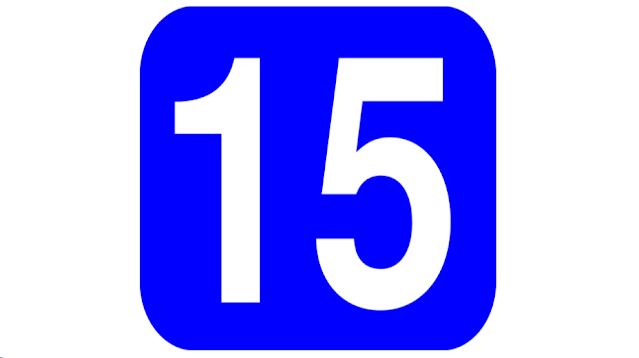In Backgammon, how many pieces does each player start with?
In Backgammon, how many pieces does each player start with?
In Backgammon, each player starts with 15 pieces, also known as checkers. The checkers are typically made of wood or plastic and are colored to distinguish one player's checkers from the other's. The checkers are placed on the board at the start of the game in specific positions known as the "home" and "outer" boards. The home board is the area of the board closest to each player, and the outer board is the area farther away. Each player starts with two checkers on their 24-point, three checkers on their 8-point, and five checkers on their 13-point. The players then take turns rolling dice and moving their checkers around the board according to the roll of the dice. The objective of the game is to be the first player to move all of their checkers into their home board and then bear them off (remove them from the board).
The starting positions of the checkers in Backgammon are as follows:
Each player has two checkers on their 24-point, which is the point on the board directly opposite their opponent's 1-point.
Each player has three checkers on their 8-point, which is the second point from the right on the player's home board.
Each player has five checkers on their 13-point, which is the fifth point from the right on the player's home board.
The board is divided into four quadrants, with each player's home board being the quadrant on their right side of the board. The outer board is the quadrant on the left side of the board.
The checkers move around the board according to the roll of the dice. On each turn, a player rolls two dice and moves their checkers the number of points indicated by the dice. The checkers can move in either direction around the board, but they must always move forward, meaning they can never move backwards towards their own home board.
The objective of the game is to be the first player to bear off (remove) all of their checkers from the board. To bear off a checker, a player must roll a number that corresponds to the point on which the checker resides. For example, if a player has a checker on their 5-point, they must roll a 5 to bear it off. If a player has no checkers on a particular point, they can bear off a checker from a higher point. For example, if a player has a checker on their 8-point and no checkers on their 6-point, they can bear off the checker on their 8-point if they roll a 6.
If a player rolls a number that corresponds to a point on which they have no checkers, they must use the roll to move a checker from a higher point. For example, if a player has a checker on their 8-point and rolls a 6, they must move the checker from their 8-point to their 6-point.
If a player has checkers on both the 6-point and the 8-point, and rolls a 6 and an 8, they can choose to move a checker from either the 6-point or the 8-point. This is known as a "flexible" roll.
If a player rolls doubles (two of the same number), they get to move each die twice, for a total of four moves. For example, if a player rolls two 3's, they can move one checker three points and another checker three points, or they can move one checker six points.
If a player lands on a point occupied by a single checker belonging to their opponent, that checker is "hit" and must be removed from the board and placed on the bar. The player who hit their opponent's checker must then re-enter the checker on their opponent's home board before continuing their turn. If a player lands on a point occupied by two or more of their opponent's checkers, they do not hit any of them and their turn ends.
If a player has checkers on the bar, they must re-enter them onto the board before they can make any other moves. To re-enter a checker, the player must roll a number that corresponds to an open point on their opponent's home board. If all of the points on the opponent's home board are occupied, the player cannot re-enter their checker and must forfeit their turn.
ANSWER
(4)
15

0 تعليقات